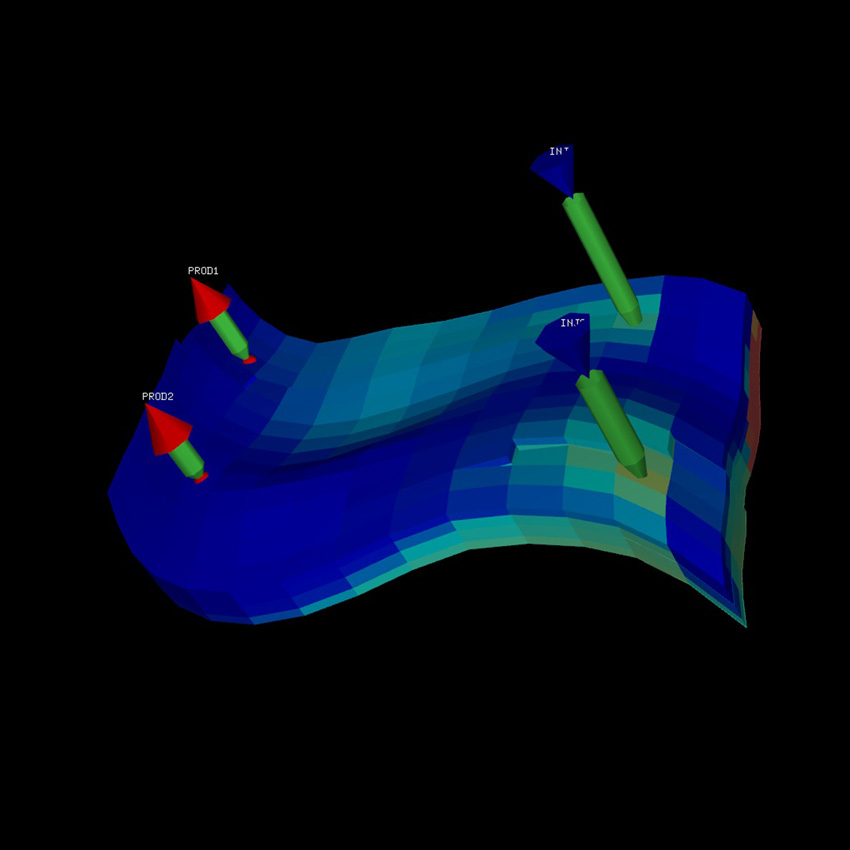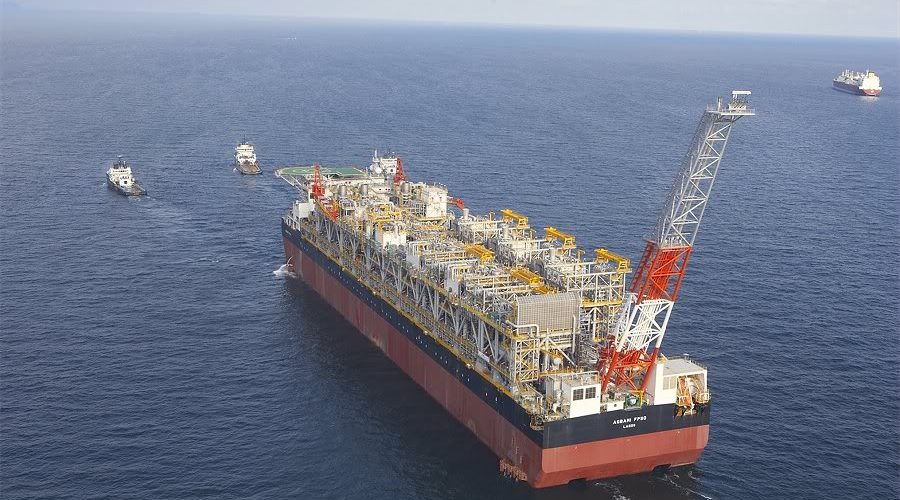

The prediction of reservoir souring requires assessment of three key factors:
Generic computer-based predictive models currently exist which, although based on the same fundamental principles, take different approaches to assessing the level of H 2S generation. Each model has its own strengths and weaknesses.
This interactive Training will be highly interactive, with opportunities to advance your opinions and ideas and will include;
Chapter 1: Introduction
1.1 Reservoir Souring
2.1 Microbial Reservoir Souring
2.1.1 Sulfate‐Reducing Bacteria
2.1.2 Souring Mechanism
2.1.3 H 2 S Transport
2.2 Reservoir Souring Remediation Methods
2.2.1 Sulfate Nano‐Filtration
2.2.2 Biocides
2.2.3 Nitrate Injection
2.2.3.1 Experiments for Reservoir Souring Remediation by Nitrate.
2.2.3.2 Field Application of Nitrate Injection
2.3 Modeling of Reservoir Souring
2.3.1 Mixing Model
2.3.2. Biofilm Model
2.3.3 Thermal Viability Shell (TVS) Model
2.3.4 Mechanistic Model of Burger et al. (2005
2.3.5 Reservoir Souring Simulators
2.3.6 Reservoir Souring Simulation with UTCHEM
Chapter 3: General Purpose Adaptive Simulator (GPAS)
3.1 Overview of GPAS
3.2 Framework
3.3 EOS Compositional Module
3.4 Chemical Compositional Module
3.4.1 Governing Equations
3.4.1.1 Material Balance Equations
3.4.1.2 Volume Constraint Equation
3.4.2 Fully‐Implicit Solution Procedure
3.5 Corner Point Formulation
3.6 Parallel Processing
Chapter 4: Implementation of the Biological Model in GPAS
4.1 Overview of Biological Model
4.1.1 Product Generation, Nutrition, and Inhibition Effects
4.1.2 Solving the Biological Model Equations
4.2 Modeling Nitrate Inhibition Mechanisms
4.2.1 Inhibitory Action of Nitrite
4.2.2 Bio‐Competitive Exclusion
4.2.3 Nitrate Utilization by SRB
4.2.4 Nitrate‐Reducing Sulfide‐Oxidizing Bacteria Stimulation
4.3 Implementation in GPAS
4.3.1 Solution of the Combined Transport and Biological Equations.
4.3.2 GPAS Biological Model Code
Chapter 5: Model Verification with Experimental Data
5.1Microbial Souring in Porous Media
5.2 Control of Microbial Souring by Nitrate
5.3 NR‐SOB Activity in a Batch Reactor
5.4 NR‐SOB Activity in a Column
Chapter 6: Effect of Dispersion on Reservoir Souring
6.1 Dispersion in Porous Media
6.1.1 Molecular Diffusion and Mechanical Dispersion
6.1.2 Convection Diffusion Equation (CDE)
6.2 Investigation of Dispersion Effects by UTCHEM
6.2.1 One‐Dimensional Homogeneous Reservoir
6.2.2 Three‐Dimensional Heterogeneous Reservoir Model
6.2.2.1 Seawater Injection (SWI)
6.2.2.2 Produced Water Re‐Injection (PWRI)
6.2.2.3 Effect of Heterogeneity
Chapter 7: Physical Dispersion Model in GPAS
7.1 Full Tensor Formulation in GPAS
7.2 Semi‐Implicit Implementation
7.3 Physical Dispersion Model Verification
7.3.1 Validation with One‐Dimensional Analytical Solution
7.3.2 Comparison of Two‐Dimensional Simulations with UTCHEM .
7.3.3 Non‐Orthogonal Grid
7.4 Investigation of Numerical Dispersion in GPAS
7.4.1 Truncation Error Analysis
7.4.2 Gridblock Size Effect
7.4.3 Time Step Effect
Chapter 8: Field Application of GPAS Reservoir Souring Model
8.1 Non‐Orthogonal Reservoir Model
8.1.1 Souring without Nitrate Injection
8.1.2 Nitrate Injection after H 2 S Breakthrough
8.1.3 Initial Nitrate Injection
8.2 Parallel Processing
8.2.1 Model
8.2.3 Multi‐Processor Runs
8.2.4 Grid Refinement
BTS attendance certificate will be issued to all attendees completing minimum of 80% of the total course duration.
| Code | Date | Venue | Fees | Register |
|---|---|---|---|---|
| DE230-01 | 26-01-2026 | Istanbul | USD 5950 | |
| DE230-02 | 10-05-2026 | Dubai | USD 5450 | |
| DE230-03 | 23-08-2026 | Casablanca | USD 5950 | |
| DE230-04 | 22-11-2026 | Dubai | USD 5450 |

This course is designed to ensure effective understanding of the water injection system as a reservoir primary recovery methodology in oil fields to maintain the reservoir pressure with special attent ...

Naturally fractured reservoirs present unique and specialized challenges to hydrocarbon extraction. This course seeks to confront many of these challenges by providing an introduction to the engineeri ...
Providing services with a high quality that are satisfying the requirements
Appling the specifications and legalizations to ensure the quality of service.
Best utilization of resources for continually improving the business activities.
BTS keen to selects highly technical instructors based on professional field experience
Since BTS was established, it considered a training partner for world class oil & gas institution
1st floor, Incubator Buildingو Masdar City, Abu Dhabi, UAE
Sun to Fri 09:00 AM to 06:00 PM
Contact Us anytime!
Request Info